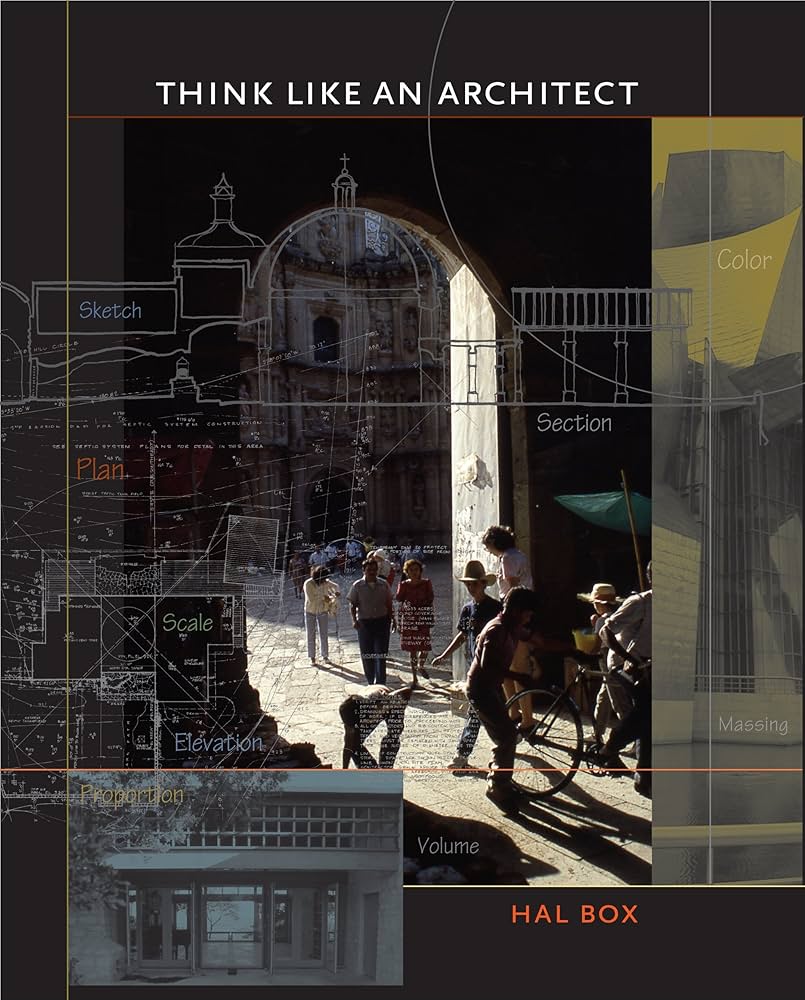
Review
If you want to become the best in the world at what you do – be a student of your discipline and those that surround you. The best product managers have an appreciation for engineering and design. But as with the craft of product management; we haven’t been designing and building digital products for that long. Borrowing some inspiration from one of the world’s oldest design disciplines seems an entirely appropriate move for an aspiring product manager.
There’s much to be enjoyed and admired in this book. I was walking through Seville listening to the audiobook as the author described how to explore and appreciate a building. I wasn’t new to the area, but it felt like I was seeing it for the first time. I now have a much greater appreciation for architecture.
Digital product builders can learn a lot from learning to think like an architect – the commonalities are clear, architects have to make tradeoffs just like Product Managers. I’d recommend this book for anyone who wants to repeatedly build beautiful, functional and viable things.
Key Takeaways
The 20% that gave me 80% of the value.
- Much of the architects effort is above eye level.
- Architecture being the art of space, can’t be fully appreciated unless you experience it in full size.
- There are too many people in positions of influence that aren’t amateurs of architecture.
- Do you think about ways to make your city or neighborhood more beautiful?
- When you put pencil to paper to describe an architectural idea, do you get excited about getting it down so that you can understand it and explore it?
- Being an architect is more difficult than becoming one
- Things you need to become an architect…
- Conceptualize 3D shapes
- To draw (learnable through practice)
- Extensive travel and an interest in architecture
- High intelligence and enthusiasm
- Be able to take criticism -it is an important part of learning
- An architect works at the intersection of art, engineering and business
- Draw to think. Build useful things from your thinking
- Start to place each part of the project in a hierarchy.
- Once you have one that works. Start over and see if you can do better
- First: do no harm – don’t damage the neighborhood, streetscape, natural environment or the budget
- Most buildings are inherently ugly, unless great care is taken you’re likely to make the street worse. Make sure what you build is better than what you’re replacing.
- Pencil is the tool of choice, as much is erased as drawn
- Focus intensely obsessively, passionately as an eccentric genius
- Don’t fall in love with your drawing too soon. “Architects are often too quick to form”
- Every man is a borrower, and a mimic – it’s OK, go and seek inspiration from elsewhere
- Seek Complexity, avoid complication
- Deciding design issues requires a generous conversation between you and others. A critique tests your design before you’ve committed to it
- If after 7 iterations you end up where you started. What have you gained?.. Conviction!
- Always ask how much a change will cost. A surprising number are free.
- Once symmetry enters a composition, it demands to be continued.
- There are number of special ratios
- Golden ratio: 1 to 1.618
- Square root of 2: 1 to 1.414 (made in ancient cultures, by taking the diagonal of a square with a rope)
- A square: 1 to 1
- Double square: 1 to 2 (softer and less overwhelming than a cube)
- At the city level, streets are corridors, open spaces are rooms – parks are gardens